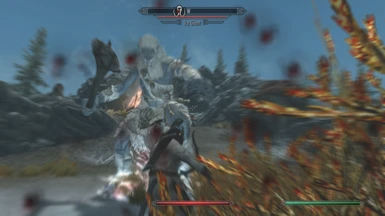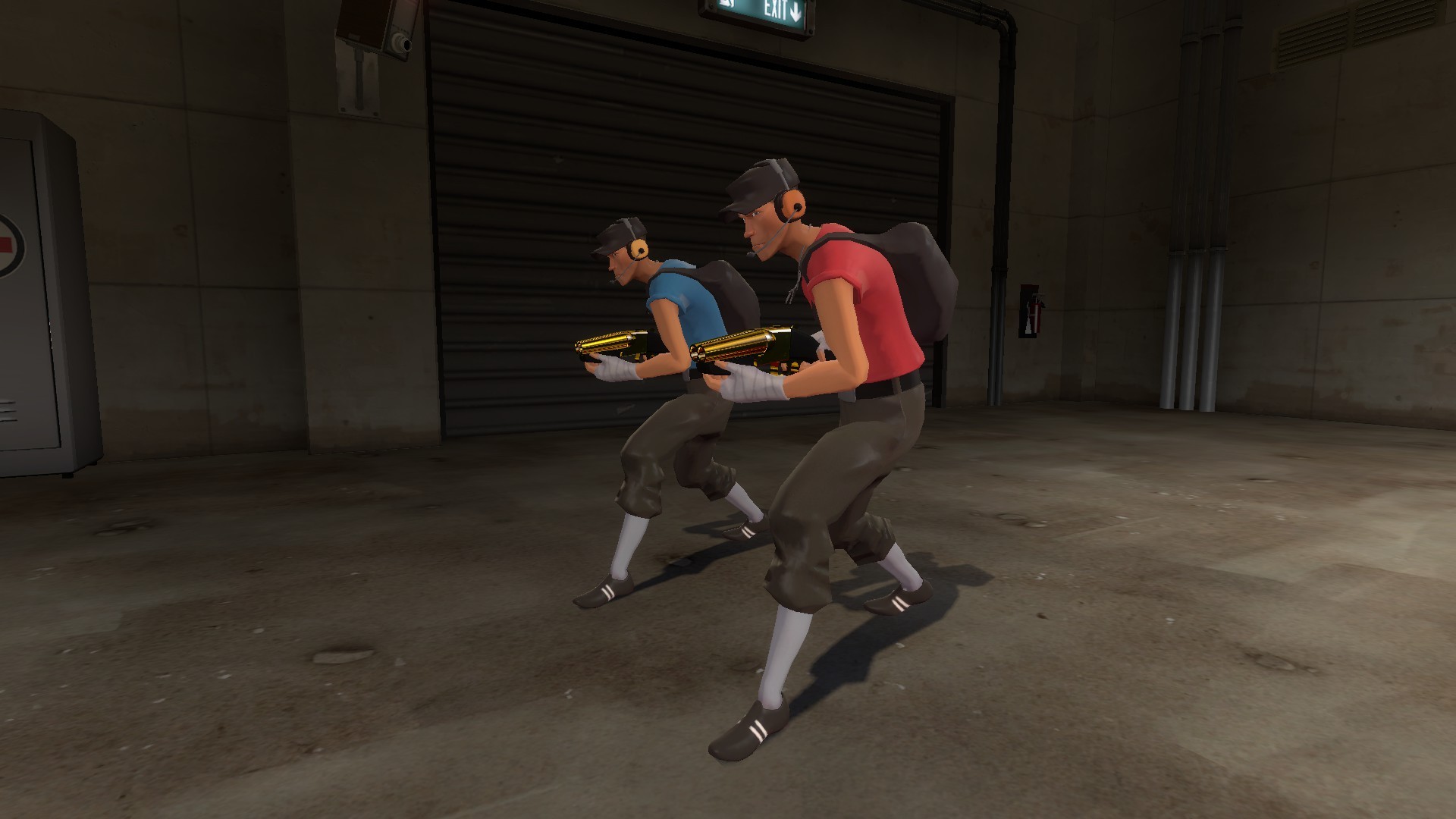

More than 300 papers have been published on the Piezos alone over the past three years. Over the past decade, the study of Piezos and other mechanosensitive ion channels has exploded. Hearing is based on cells in the inner ear detecting the force of sound waves. In the body, cells sense blood flowing past, air inflating the lungs and the fullness of the stomach or bladder. Organisms interpret forces to understand their world, to enjoy a caress and to avoid painful stimuli. Touch underlies the functioning of almost every tissue and cell type, says Patapoutian. “What we’re realizing now is that mechanical sensation, this physical force, is also a signalling mechanism, and very little is known about it.” “We’ve learned a lot about how cells communicate, and it’s almost always been about chemical signalling,” says Ardem Patapoutian, a molecular neurobiologist at Scripps Research in La Jolla, California, whose group identified the Piezos. The Piezos are ion channels - gates in the cell membrane that allow ions to pass through - that are sensitive to tension. The discovery of Piezo2 and a related protein, Piezo1, was a high point in a decades-long search for the mechanisms that control the sense of touch. Their timing was fortunate: just a few years earlier, researchers looking for the mechanisms that cells use to sense touch had found that the gene encoded a pressure-sensitive protein 2. His team sequenced the girl’s genes, and those of another girl with similar symptoms 1, and found mutations in a gene called PIEZO2.

“This is something that just doesn’t occur,” says Bönnemann. She lacked the sense of her body’s position in space, a crucial ability known as proprioception. If she wasn’t looking at her limbs, the girl didn’t seem to have any clue where they were. But he had never seen anything like this. As a paediatric neurologist with the US National Institute of Neurological Disorders and Stroke in Bethesda, Maryland, he often travelled to weigh in on puzzling cases. It wasn’t that she lacked the strength to keep her limbs still - she just didn’t seem to have control over them.Ĭarsten Bönnemann remembers examining the teenager at a hospital in Calgary, Canada, in 2013. If she closed her eyes, the squirming got worse. The girl tried hard to hold her arms and hands steady, but her fingers wriggled and writhed. In some animals, three blade-like proteins together form the Piezo1 channel, which helps their cells to sense touch.


 0 kommentar(er)
0 kommentar(er)
